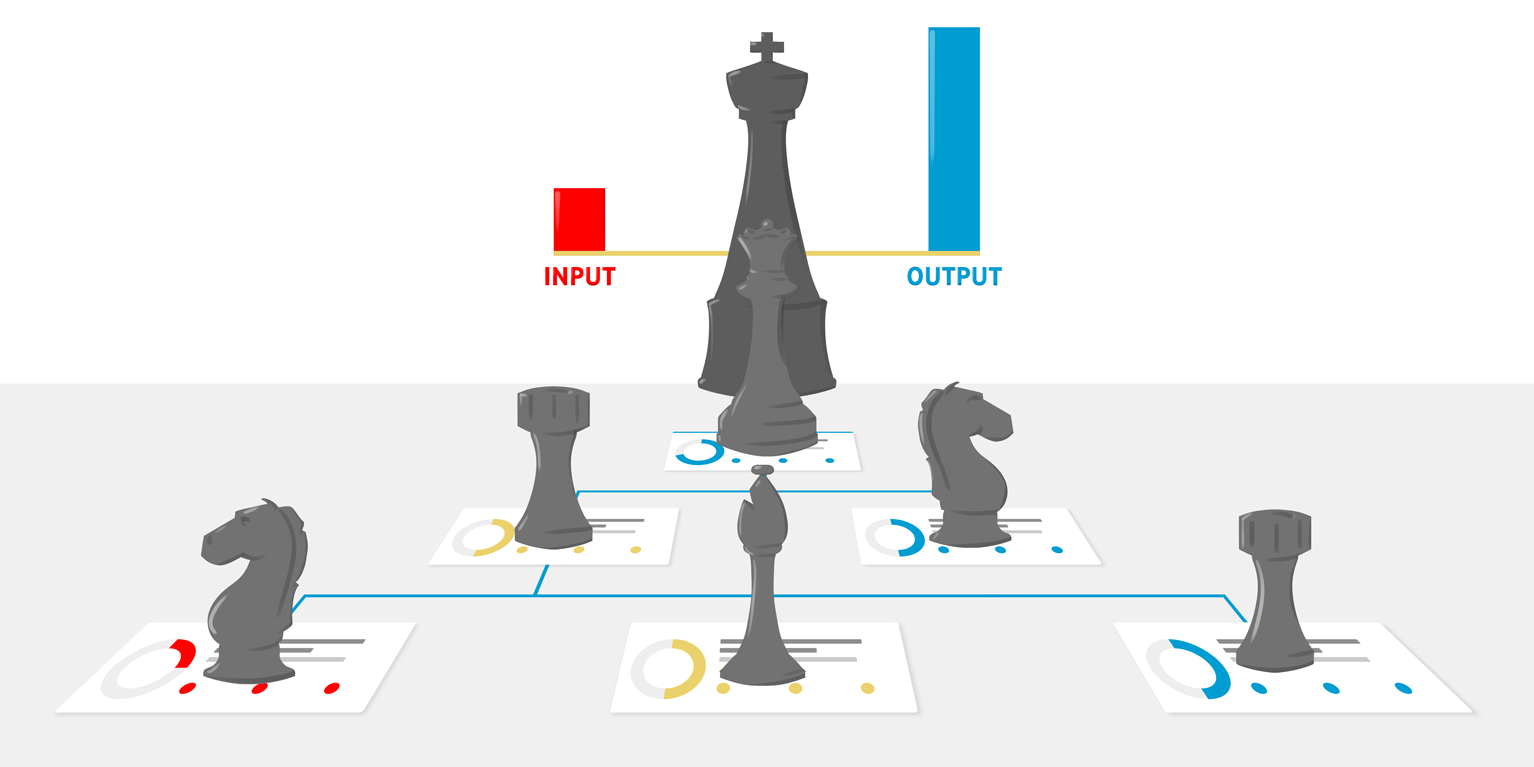Why the CEO Needs to Make Fewer Decisions
The buck-stops-here mentality of the CEO role is often conflated with the idea that CEOs must have the final say in all decisions across the company. While most leaders know this is an improbable, if not impractical assumption, there still exists a culture within most organizations that waits for the CEO to have the last word before moving forward.
As former dean of Harvard Business School Nitin Nohria explained in a recent article, the role of the CEO should be much more focused on shaping decisions than actually making them. After all, as Nohria points out, “…the CEO’s approach should be inspired by Occam’s razor: The fewer decisions the CEO can make, the better.”
When to own the decision
Whether a hired CEO or a founder CEO, understanding which decisions fall under your purview is a good place to start. Without question, one of the most important decisions a CEO makes is in hiring the senior leadership team and direct reports. This is not a task that should be outsourced – as CEO, you need to ensure you are filling roles with the right skill sets, experiences and personality traits that offer the best contrast and complement to your own and that are most needed in your organization.
Making decisions related to leadership and corporate culture is critical for the CEO as well. A CEO must set the tone for the management style across the organization and is ultimately responsible for creating an environment that is focused on the company’s core values and mission. When transformation needs to happen, the CEO should be at the helm, guiding the decision-making process.
Finally, the CEO must make decisions as it relates to managing the Board. This is another example of an area that cannot be delegated – ultimately, it is the CEO who is most responsible for maintaining a strong relationship with the Board and for keeping the company accountable.
How to support the process
While there are key decisions that a CEO must make, there is a much larger set of decisions where the CEO need only play a supporting role. In Nohria’s Harvard Business Review article, he lays out how CEOs can thoughtfully design a decision-making process. This includes setting parameters for others to use when making decisions, such as “who is to be involved, what questions to answer, what kinds of information to gather, what guardrails to keep in mind, how many meetings to have, the structure of the discussions, and what gets decided when and by whom.”
In this way, the CEO is fulfilling his or her duty to guide the management style and reinforce company values, without taking on the undue burden of making the final decisions. The team is empowered to move forward in their own decision-making process, while being confident they are moving in the right direction, with the right guidance and guardrails in place.
CEOs can also exert important influence as they guide the team, choosing at what stage of the process to check in and to what degree they participate. Nohria highlights how CEOs can provide important guidance by “challenging the process, raising the bar, asking tough questions, and demanding better answers.” Though CEOs are involved in decision-making within this guidance, they stop short of making the decisions and instead leave that up to their colleagues.
Taking a monitor role
CEOs should also determine how much of a role they want to play in monitoring both the process of decision-making and the results. In some instances, granularity and heavy oversight may be required. For others, the CEO may choose to take a wide berth, only checking in on final results.
Monitoring is an important part of the process, primarily in that it helps to keep team members accountable and ensures that strategic goals are being met. As Nohria highlights in his article, “…by monitoring decision-making processes personally, CEOs set standards, encourage alignment, and enable course correction.”
Even if the CEO wants to take a more hands-off approach, a tool like StrategyBlocks’ visual system enables a quick-glance understanding of the decision process, its progress and results.
Avoiding decision fatigue
Decision fatigue is very real but sometimes hard to recognize. A CEO who takes ownership of too many things may find themselves struggling with an inability to commit to a decision, feeling constantly overwhelmed or frustrated, or a strong desire to procrastinate.
Leaning into a solid foundation that has been built on the company’s mission and purpose, along with a key understanding of broader business goals and the strategies to achieve them can stave off decision fatigue. So be mindful to choose which decisions you must own and where you can play a supporting or monitoring role.
A CEO need not be burdened with every element of decision-making within the company, but ultimately, decisions do reflect leadership. By ensuring you have a trusted team in place, by staying involved in the decision-making process and by keeping a close eye on strategic results, a CEO can best balance their time while setting up the company for the greatest success.




Leave A Comment